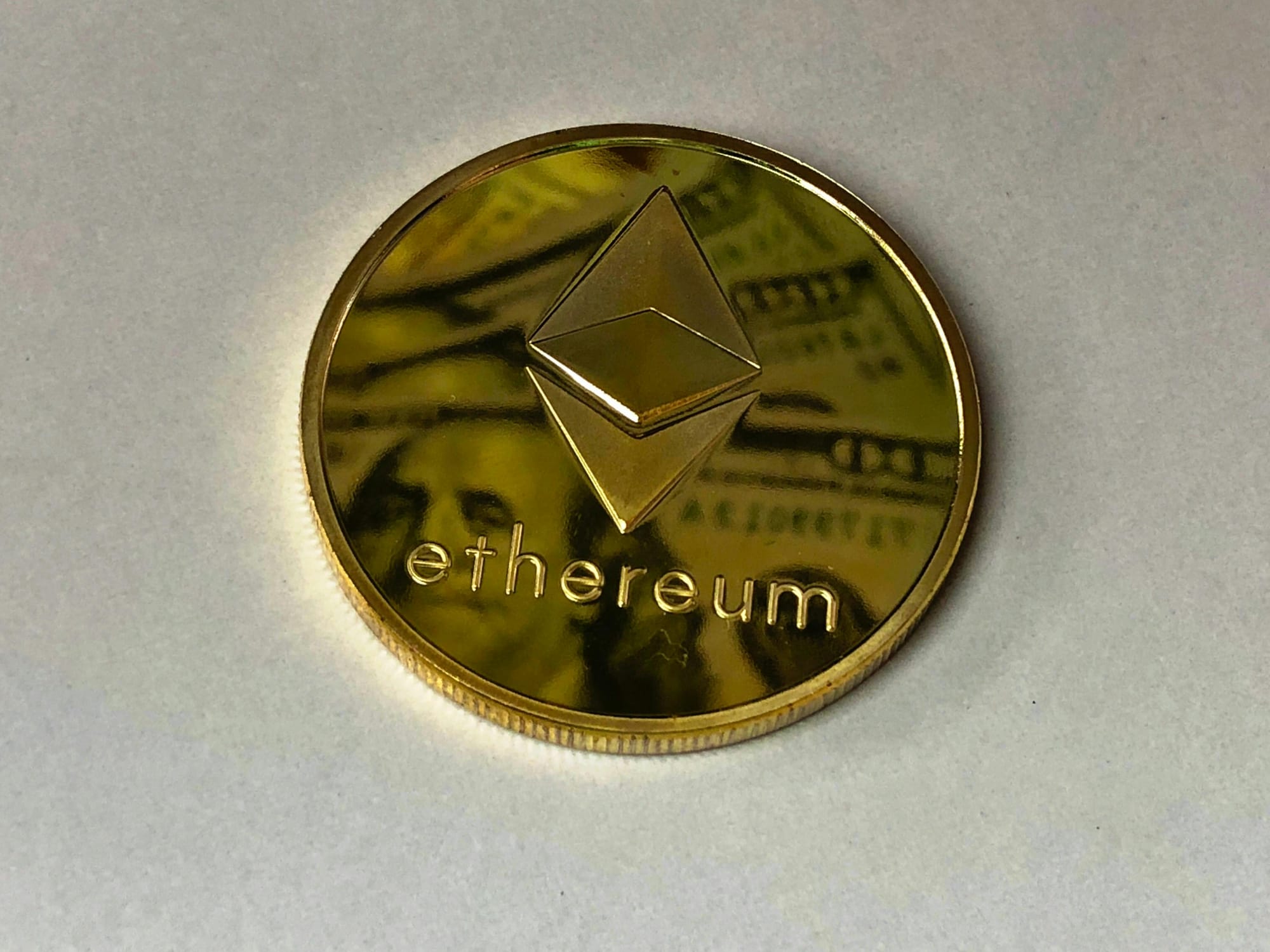From PoW to PoS: Ethereum Merge Explained

It’s official! Ethereum has moved from a Proof of Work (PoW) consensus mechanism to a Proof of Stake (PoS). Everyone is making such a big deal about it, but what does that even mean?! Let’s break it down.
Okay! So, PoW is the first and considered to be the most secure consensus mechanism. What is a consensus mechanism? Think of it as an employee guidebook. The PoS ‘guide book’ involves miners competing against each other with their high-powered computers to see who can solve complex computational puzzles first and create a block in the blockchain. This is why PoW consumes so much power and why it faces so much criticism as it’s not eco-friendly.
The other issue is that of scalability. I.e. the ability to support a heavy load of transactions and participants within a platform. Because PoW needs large amounts of energy and computational resources to create blocks it also limits the entry of new miners. Such a hassle, right?!
Umm, how is PoS any different?
Well, for starters, in PoS miners do not compete to earn the right to add blocks. Instead, they put a ‘stake’ of digital currency as security in the hopes of getting randomly selected as a validator. It’s their “lottery ticket” basically and the more you put at stake, the higher your chances get. Seeing that it doesn’t require THAT much energy like PoW, it’s considered to be an environmentally friendly alternative; one that is also highly secured.
Now, what does this mean for Ethereum in simple words? Well, imagine that you’re at Disney World where it operates 24/7 and there are like 100 people showing up there every few minutes. The place would become unbearable, and congested, and it becomes hard to do anything! The power it consumes to operate would also lead to great damage to the environment.
This is PoW; Disney World is Ethereum, people are the transactions, and the damage remains the same. Enter PoS. Disney World would then be transformed into a more scalable, sustainable, and secure network. Simple!
It does seem like an insane effort to smoothly transition from PoW to PoS. How did Ethereum do it? The answer is the Beacon Chain.
The Beacon Chain is Ethureum’s sandbox. Meaning that they used it to run tests before going through with the Merge. Thus, protecting themselves from any possible failure or damage.
Now that we got that out of the way, you’re definitely wondering if your Ethereum coins have changed in any way? The answer is no. Your transaction history will also remain unchanged and you won’t have to do anything on your end. The transition from PoW to PoS just made Ethuerum more appealing to current crypto users and possibly some pro-sustainability users.